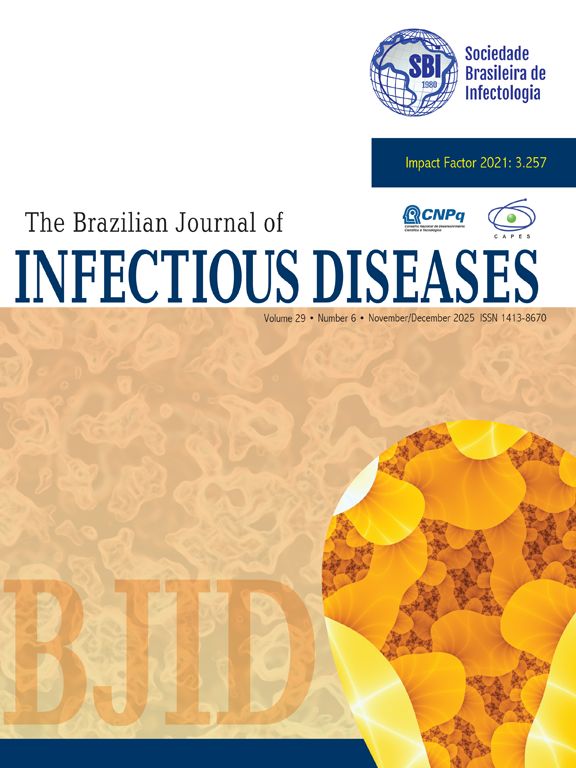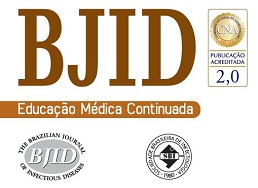The objective of this study was to evaluate the susceptibility to cefepime of a large group of ESBL-producing enterobacteria recently isolated in a Brazilian teaching hospital. The study included 280 strains of ESBL-producing enterobacteria, isolated between 2005 and 2008. The presence of the genes blaCTX-M, blaTEM and blaSHV was determined by PCR and confirmed by nucleotide sequencing. Susceptibility testing for cefepime was performed by disc-diffusion, agar dilution method and E-test®. Among the isolates, 34 (12.1%) presented a cefepime inhibition zone ≥ 21 and MIC ≤ 8mg/L by agar dilution and E-strip methods. The use of cefepime for the treatment of infections caused by ESBL-producing bacteria has been controversial. Some studies of PD/PK show the probability of achieving the required PD parameters for cefepime, when the MICs were <8mg/L, whereas others have reported therapeutic failure with the same MIC. Additional data is essential to come to terms about the report and treatment with cefepime in ESBL-producing organisms especially when these microorganisms are isolated from sterile sites and from critically ill patients.
The Impact Factor measures the average number of citations received in a particular year by papers published in the journal during the two preceding years.
© Clarivate Analytics, Journal Citation Reports 2025
SRJ is a prestige metric based on the idea that not all citations are the same. SJR uses a similar algorithm as the Google page rank; it provides a quantitative and qualitative measure of the journal's impact.
See moreSNIP measures contextual citation impact by wighting citations based on the total number of citations in a subject field.
See more



